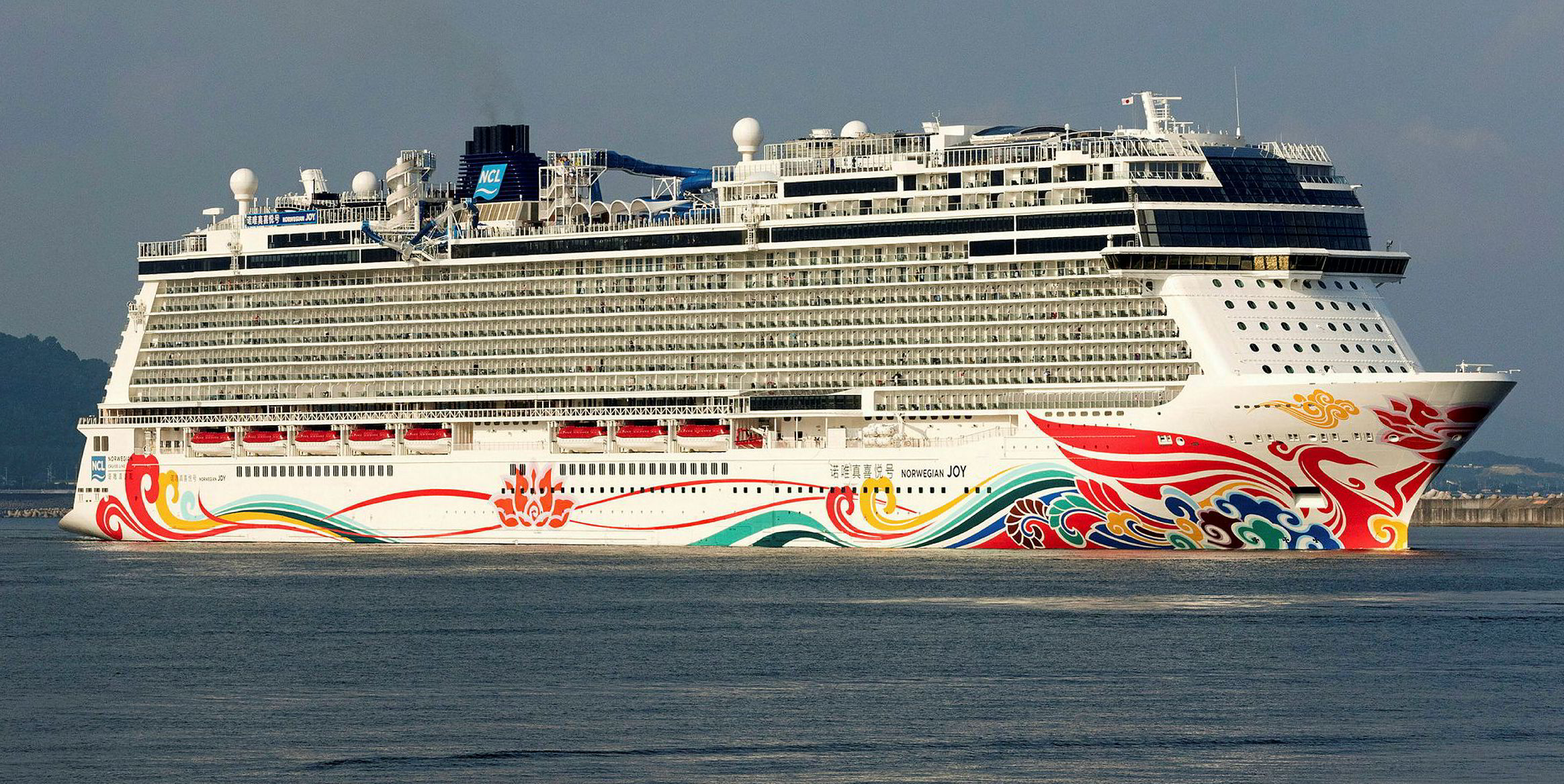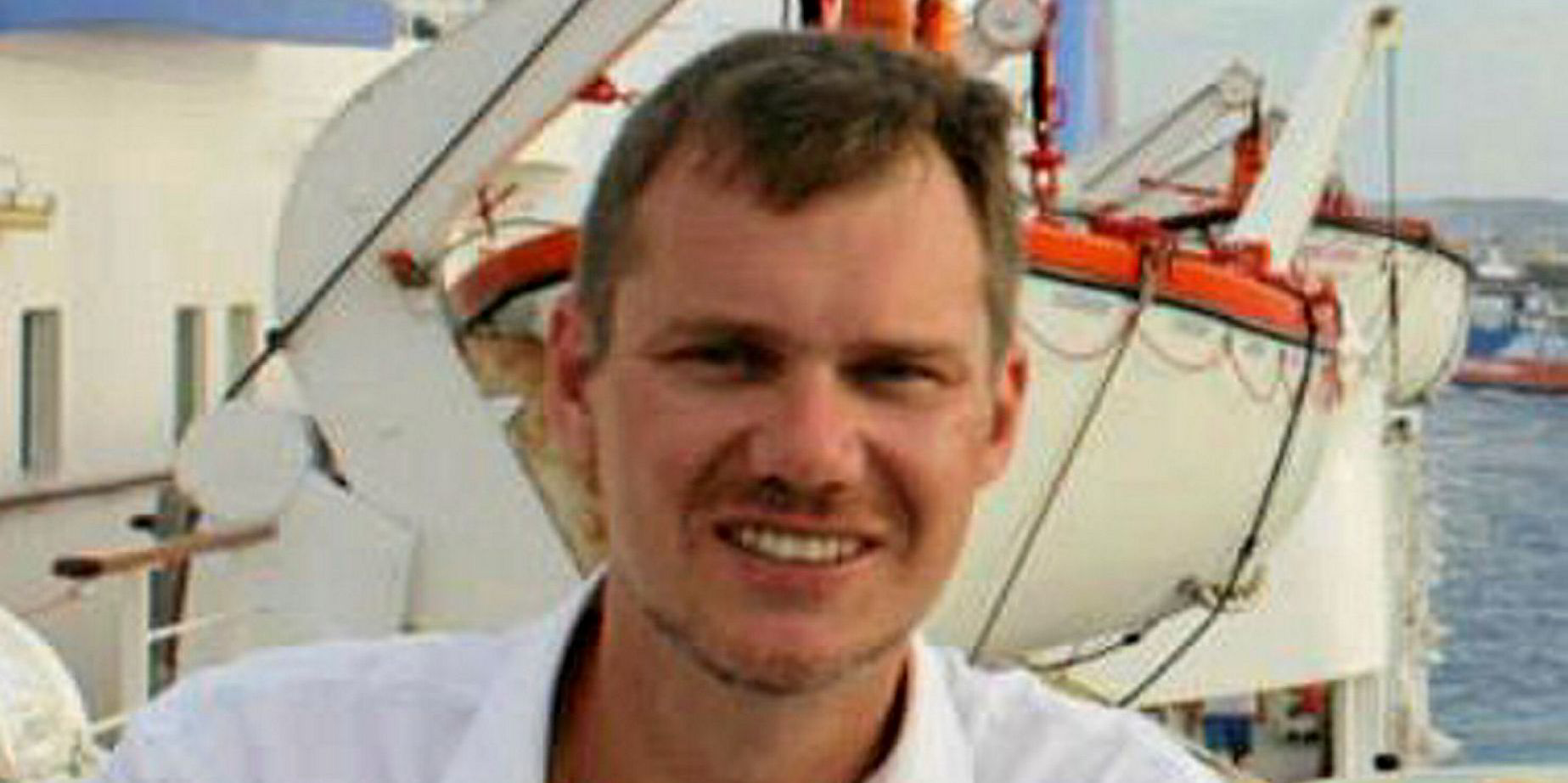Rightsizing was the word that senior managers at Norwegian Cruise Line (NCL) bandied about last week after revealing that they would be pulling a cruiseship out of China next year and replacing it with a smaller vessel.
Corporate spin doctors love the term "rightsizing". It is a nice way of saying they got the numbers wrong and are now in damage control.
Rightsizing in China, by withdrawing the 4,200-berth cruiseship Norwegian Joy (built 2017) and deploying the 2,020-berth Norwegian Spirit (built 1998) in its place, is going to be an expensive undertaking for NCL.
The nearly new Norwegian Joy — a ship custom-built for China — will require a $50m refit to make it suitable for the US cruise trade, where it will be based for the foreseeable future.
But NCL, alone, cannot take the blame for overestimating the Chinese cruise market's growth potential. Others, including Royal Caribbean Cruises and Princess Cruises, have also reduced their capacity by removing some vessels and repositioning others out of China on a seasonal basis.
This is a far cry from just a couple of years ago when bullish cruise line executives were brimming with enthusiasm over China, with some predicting that they probably would not be able to build enough ships to satisfy the Chinese demand.
So, what appears to have gone so wrong?
A little aggressive
“More than anything, I think cruise lines got a little aggressive and greedy concerning China and jumped the gun," one veteran cruise industry observer said. "They grossly overestimated the maturity of the market and how quickly it would mature.”
Other industry experts attribute the root cause of the overcapacity to the absence of a developed Chinese distribution system, which currently lies largely in the hands of travel wholesalers who charter or block-book space onboard.

“The cruise lines rushed in with a lot of capacity in hopes of building the market and creating the distribution," a US-based industry source said. "What we are seeing is partially an admission that they moved too far and too fast, and they are simply not getting the yields out of China that they can get in high-end markets, such as Alaska and Europe.
All about the money
"It's all about yields when you spend $700m or more to build a ship and, as an executive, your compensation is tied to the return on invested capital."
Despite the need for rightsizing, nobody in cruise appears to be giving up on China just yet. The country went from zero to more than two million passengers in a relatively short time, much faster than the US or Europe.
Industry data indicates that China was the second-largest source market last year, slightly ahead of Germany and the UK, which are two of the oldest cruise markets in the world.
It's all about yields when you spend $700m or more to build a ship and, as an executive, your compensation is tied to the return on invested capital
Gavin Smith, Royal Caribbean senior vice president for international markets, told TradeWinds earlier this year that the growth slowdown was only to be expected.
“The Chinese market is normalising,” he said. “It set itself apart at first, as many markets do when they emerge.”
The cruise industry is clearly taking a much-needed pause in China, allowing the market to catch up before more tonnage is deployed.
The interesting question now might be what companies such as Carnival Cruise Line and Costa Cruises will do with the ships they are building or have on the drawing boards that have been custom-designed for the Chinese market.
The ability to move generically designed assets into more lucrative markets is something that Royal Caribbean and Princess Cruises have been able to leverage when the need has arisen.
NCL, on the other hand, has learned that specialising assets to a specific market can be expensive when rightsizing is necessary.




